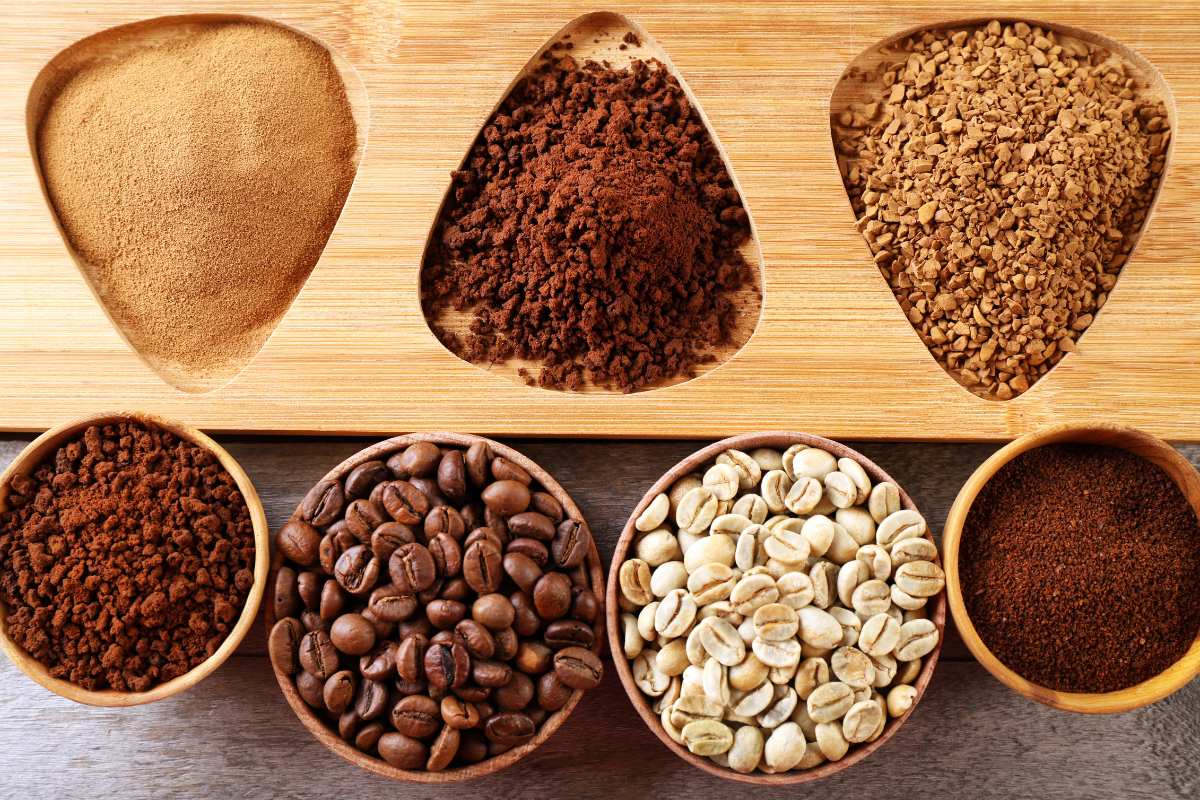Climate change is putting the main coffee varieties (in particular the much appreciated Arabica) at risk, threatening their survival and the entire global production

For many of us, it is usually an instinctive sort of thing, almost taken for granted, to reach for the cup of coffee every morning. Changes are in the wind, though, that could dramatically alter this daily habit, and once more, climate change is at the center of the issue.
Because of global warming, by 2050 the landscape for growing coffee will change radically and could make some varieties, such as the prized Arabica, become threatened. Predictions are that it will be impossible in the years ahead to find ideal conditions for this coffee variety, which could have seriously harmful impacts on world production.
Arabica and Robusta are the two more consumed types of coffee in the world. Of these two, the former is more prized; it accounts for most of the high-quality coffee available in the market. The plant grows at a high altitude, where cool temperatures and optimal sunlight develop a bean that has rich and intense flavors. Global warming, though, is slowly changing this optimum condition, forcing growers to grow plants in even higher elevations, reaching the limit of arable land.
Robusta is also hardier than Arabica against climate change and other diseases. It grows at much lower altitudes in hotter climates and has fewer pests due to its higher caffeine content, making the plant unappealing to them. Even Robusta, however, is not completely resistant to climate change and may be particularly vulnerable in the years to come.
Already, in a previous article, we had the chance to refer to the study brought out by the University of Florida, which estimated that due to global warming and worsening climatic conditions, Arabica could shrink by up to 80% by 2050. The same report presumes that growers may have to depend on more resistant varieties of Arabica or shift to Robusta, which requires less care and has a wider resistance against diseases and environmental stress.
The variety that could make some ground is Liberica, which not many know. This variety represents just 2-3% of the global market.
Regardless of all of the above facts, the main challenge that the coffee sector is going to face is adaptation and finding varieties that will continue to provide quality and productivity that the value chain requests in an ever-changing world.
The consequences
If the climate conditions continue to change, it may happen that the regions where Arabica and Robusta grow will become too small, and their amounts decrease. Results? Several: the rise in prices of coffee could be noticed already.
All these could affect consumer habit, pushing for a greater acceptance of alternative varieties or innovative production methods; this could provide a scenario whereby companies and producers are forced to find a “Plan B” , such as the genetic improvement of existing varieties or the exploration of new, more resilient varieties of coffee.
Potential solutions
Thankfully, research is continuing to help deal with the emerging challenges. At the University of Queensland, for example, a number of its researchers work to come up with ways of improving the quality of the coffee and make its cultivation adaptable to the new climatic conditions. Among their endeavors, they experiment with new ways of cultivation in search for varieties of coffee which could survive harsher conditions.
A study undertaken by scientists at Kew’s Royal Botanic Gardens revealed that over 60% of the 124 wild species of coffee are under threat of extinction due to climate change and may have serious implications on the genetic diversity that is needed for the development of new cultivars and hybrids that would be able to stand extreme conditions and pests.
As revealed by Dr. Aaron Davis, author of the study:
Selection might also give the potential to use wild coffee species hitherto unused or underutilized to bring about new cultivars or hybrids able to grow in climates that Arabica and Robusta can ill tolerate.
Besides, a global policy of carbon emission reduction and mitigation of climate change impacts would be imperative to safeguard not only coffee but also other important agricultural crops. Efforts towards sustainable and resilient agriculture are the core components that ensure a future wherein coffee, alongside other foods, will continue to be part of our lives.
Source: The University of Queensland
